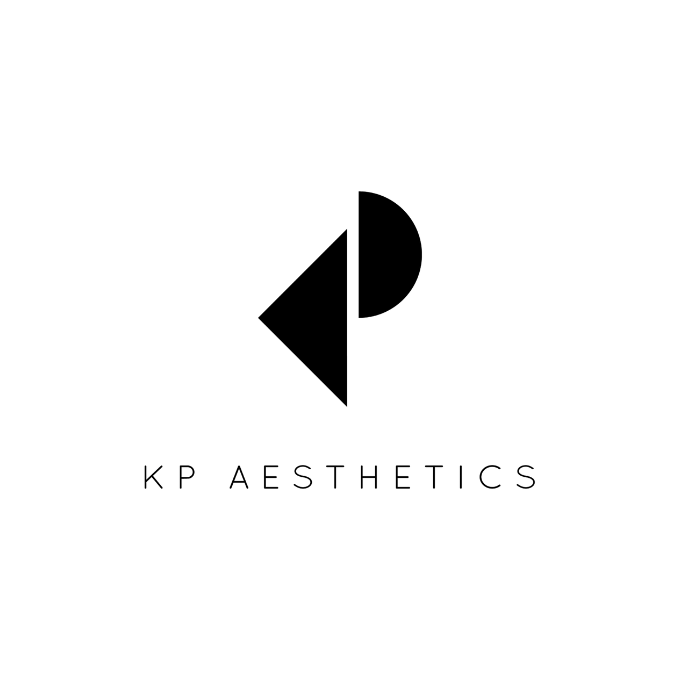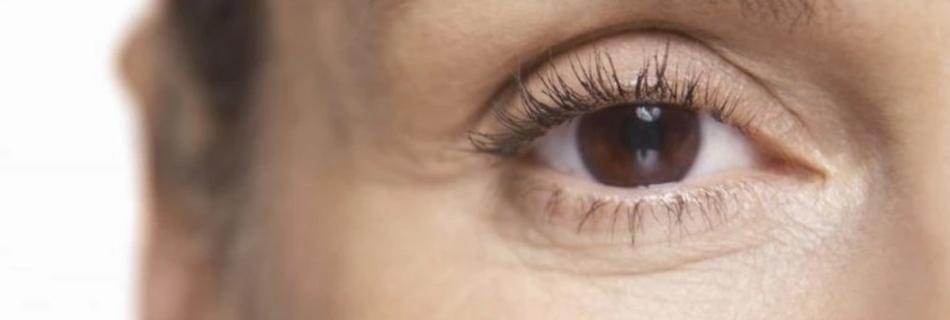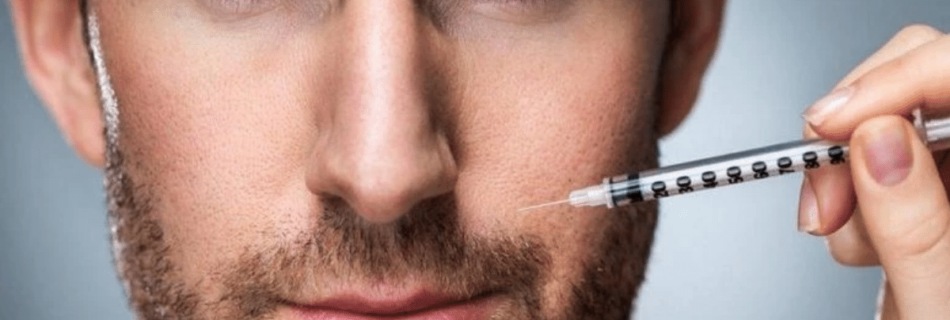Luxury, Bespoke, and Feel Good; Three of the Best Anti-Ageing Treatments
The modern aesthetics industry is increasingly paving the way for anti-ageing treatments which are non-surgical, non-invasive, and pain free, with a myriad of relaxation and wellness benefits. Pioneering clinics, such as KP Aesthetics, recognise that every individual has unique skincare needs which cannot be met by prescribing a ‘one size fits all’ solution. Tailored consultations, …
Read more “Luxury, Bespoke, and Feel Good; Three of the Best Anti-Ageing Treatments”










